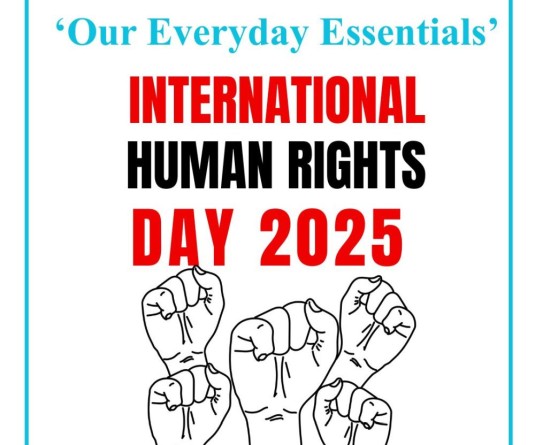
Dimapur, July 14 (MExN): The United Naga Council today said its decision to sever all political ties with “the communal Manipur state government” has been justified by the July 9 resolution of the Manipur State Assembly. On July 9, 2010, the Manipur Legislative Assembly unanimously resolved to urge the Centre to amend Article 3 of the Constitution of India to exclude Manipur state from the purview of the Article. Under the Act, alteration of state boundaries, renaming or formation of new states by increasing or decreasing the area of 2 or more states can be carried out.
“The position of the United Naga Council to sever all political ties with the Communal Manipur State Government and to demand for an alternative arrangement for the Nagas in Manipur has again been vindicated by the 9th July, 2010 resolution of the Manipur State Assembly,” the UNC said in a press release today.
According to the UNC, the leader of the Opposition Radhabinod stated that the demand of the NSCN (IM) to unite the Naga inhabited areas in the North East including Arunachal, Assam, Manipur and even Myanmar for “greater Nagalim” is not tenable socially, geographically or culturally. “There is an intentional denial on the part of the Manipur Government that the fact of the demand of the Nagas to live together under one administrative roof is not that of the NSCN (IM) alone nor did they initiate the Naga integration or unification movement. It was there even before the formation of the NSCN,” the UNC said.
The UNC also quoted Opposition leader Radhabinod as stating that out of the total area of Manipur is 22,237 sq.kms, the plain areas of Imphal valley constitute only 10 percent whereas the rest is hill areas. “… If Naga integration takes place then Manipur would be left with an area of 2000 sq.kms only. Without the 90% area of the hills, in which name and whose owner’s behalf, the wealth and development of the Imphal valley had been built up over the years, Manipur state would definitely not be tenable. That this is the only concern of the communal state government of Manipur has been clearly brought out by Mr. Radhabinod in the August house of the Manipur Assembly.”
The UNC claimed that when the British withdrew in 1947, the hill leaders secured incorporation of a clause in page 12 of the Manipur Constitution that provide for the “…right of any section of the Hill People to secede at the end of the five year period ,should conditions within the constitution not be satisfactory.” Also, when the integrated Manipur administration of the Hills and the valley started functioning on August 15, 1947 with high handedness of the Meiteis, the “no house tax campaign” was launched in 1948 by the Nagas in Manipur who refused to pay the annual House Tax.
The UNC explained what it stated is the long-standing wish of the Naga people to live together: “The organized expression of the desire of the Naga people to live together continued as a civil movement. The United Naga Integration Council movement of the 1970s, in which the joint agreement signed on 4th Aug.1972, between All India Congress Committee and Manipur Pradesh Congress Committee on one side and United Naga Integration Council on the other side is one of the few instances which is documented and on record. In this agreement, the Congress Party stated that it does not oppose Naga integration movement nor considers the Naga integration movement as anti-party, anti-national, anti-state or an unconstitutional activity. The demand of the Naga people for integration of the contiguous Naga areas into one administrative unit also finds clear mention in the 9 Point Hydari Agreement of 1947 and in the 16 Point Agreement of 1960. Over the years memorandum and representations demanding Naga integration have been persistently submitted and pursued by the Naga people.”
The council took strong view that that the July 1, 2010 declaration of the Naga people in Manipur to sever all political ties with the Government of Manipur was not discussed in Manipur Assembly. “Why was it not tabled for discussion? Is it, as always maintained, considered the handiwork of a few organization misled and influenced by the NSCN and therefore to be ignored out rightly? Is the Naga declaration beyond the purview of the Manipur Assembly when it talks about the political severance of ties with the Government of Manipur. Why has the Manipur Assembly not discussed whether the position declared by the Nagas is tenable?”
The council wondered whether the Government of India “endorse the resolution of the Manipur Assembly?” “Will it make an exception to the constitution just because the brute majority of dominant community in the Manipur Assembly demands so? What is the historical basis for a special dispensation, when its 2000 years of history cannot withstand the scrutiny of its own scholars…”



.jpg)


